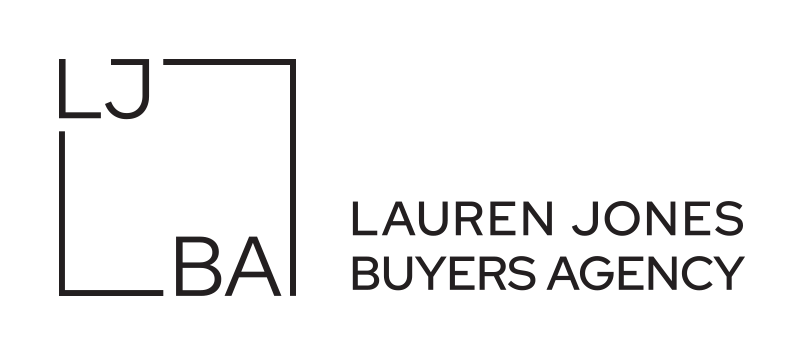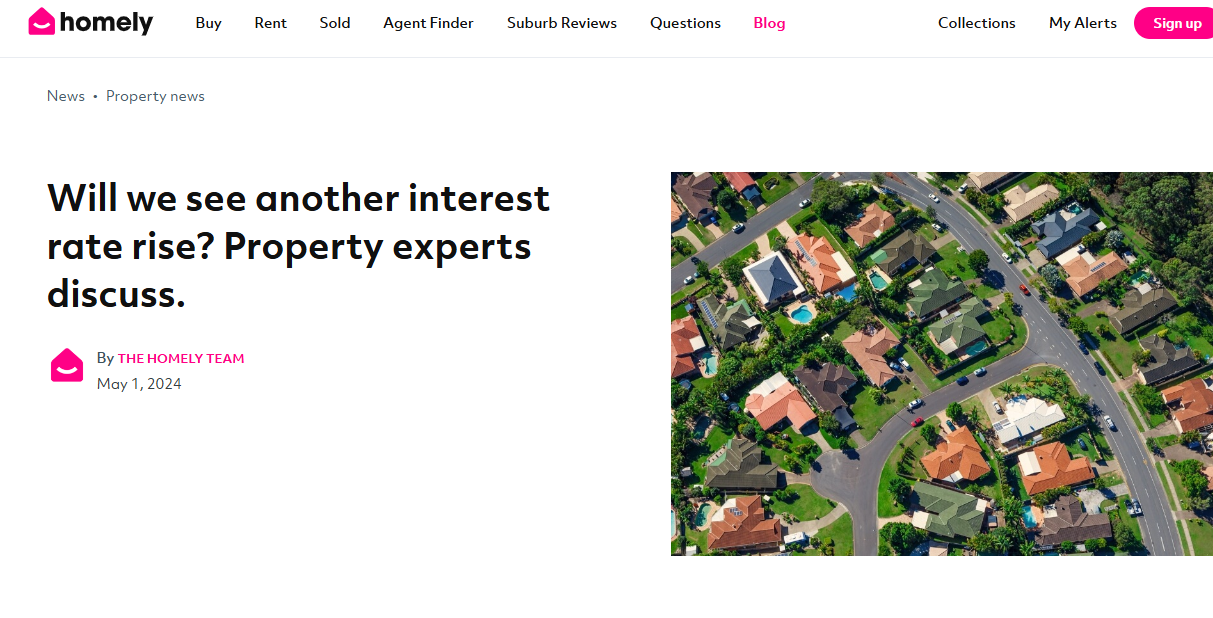Check out the full Homely article here.
From original:
“Australia’s property market continues to grow as evidenced by CoreLogic’s latest data showing a 0.6% increase in property prices for April. This marks the 15th consecutive month of price increases, bringing the national median dwelling value to $779,819. Despite higher interest rates, worsening housing affordability, and cost of living pressures, prices remain elevated, fueled by a persistent mismatch between housing demand and supply.
And it’s not just property that’s showing resilience. Inflation numbers are still high.
The Reserve Bank sets an inflation target of 2-3% to foster stable economic growth and manageable inflation levels. As of early 2024, inflation stands slightly above this target at 3.6%. This indicates that inflation is near the target but not fully contained, suggesting potential economic pressures. The RBA uses this target to guide monetary policy, adjusting interest rates to steer inflation back within this range.
“Markets are now pricing in the chance of a further interest rate hike in 2024, leading to more caution among prospective property buyers.” – Pete Wargent, AllensWargent
This situation could influence future decisions on rate adjustments, important for those engaged in economic and property markets. As of the last few days there has been speculation about rate increases before the end of the year. Lauren Jones from LJBA, says “Currently, Australia enjoys historically low interest rates, with the Reserve Bank of Australia (RBA) maintaining the cash rate at 0.1%. However, there is speculation about the RBA’s future moves, with potential gradual adjustments depending on economic conditions.”
Lauren notes the relationship between rising interest rates and property demand: “An increase in interest rates could make borrowing costlier, potentially reducing demand as buyers reassess their affordability. This could slow the property market’s momentum.”
What could another rate rise mean for you right now?
Property values remain strong
CoreLogic’s head of research Tim Lawless said higher interest rates, worsening housing affordability and cost of living pressures are behind higher property prices. Ewan Morton from Morton Real Estate is optimistic about property values, adding, “The interest rate increase in 2023 did not seem to affect values overly.”
What this means for buyers and sellers
If you have a large mortgage:
Morton advises on financial preparedness, while Tim Heavyside, from HEAVYSIDE Real Estate, adds, “It’s a challenge with the cost of living; it can feel overwhelming. You must account for potential contingencies like interest rate increases in your overall financial planning.” If you’re worried about repayments, it could be a good time to refinance or compare lenders.
If you’re looking to buy a bigger house
“Stock levels for quality homes remain relatively tight,” says Wargent. “This is giving would-be upgraders some pause for thought, lest they can’t find an appropriate home to upgrade to.” In the meantime, don’t jump on the first property you see. Start saving homes you like, take your time understanding your needs and you’ll be better informed and ready by the time you do find that perfect home.
If you’re thinking about an investment property
Morton states, “Rents are increasing and are not showing signs of slowing down. Until the supply issue is resolved rents will continue to increase. So extra interest rate payments will be offset by rental increases.”
Heavyside complements this view, “Don’t wait to buy property, buy property and wait. Properties involving land, like villa units, townhouses, or houses, tend to yield significant returns over time, unlike apartments which may not be as viable in the short to mid-term.”
Wargent takes a more cautious approach, “Rents are rising, but so too are holding costs, so more investors are currently looking to lower price points during this period of tight borrowing capacities, where the yields are more workable.”
If you’re thinking about selling
Wargent says, “There is still plenty of demand out there, especially in Brisbane and Perth. Some regional markets are cooling from their pandemic boom periods.”
“This might be a good time to enter the market as there could be fewer sellers than usual,” Heavyside suggests, aligning with Morton’s advice that setting your property price competitively can stimulate competition and potentially drive prices up.
It’s also important to market your property effectively, ensuring as many people are seeing your home as possible so make sure you advocate for this with your agent.
Wider implications
Interest rate changes also significantly impact the commercial property sector, including office spaces and retail outlets. Jones elaborates, “Adjustments in interest rates can also impact the commercial property sector, affecting rental yields and investor sentiment, which in turn influences the broader property landscape.””

